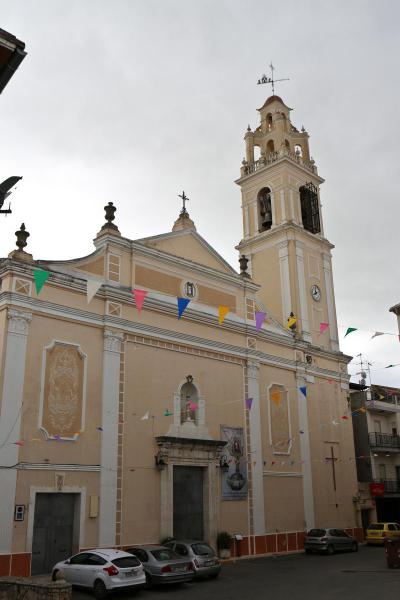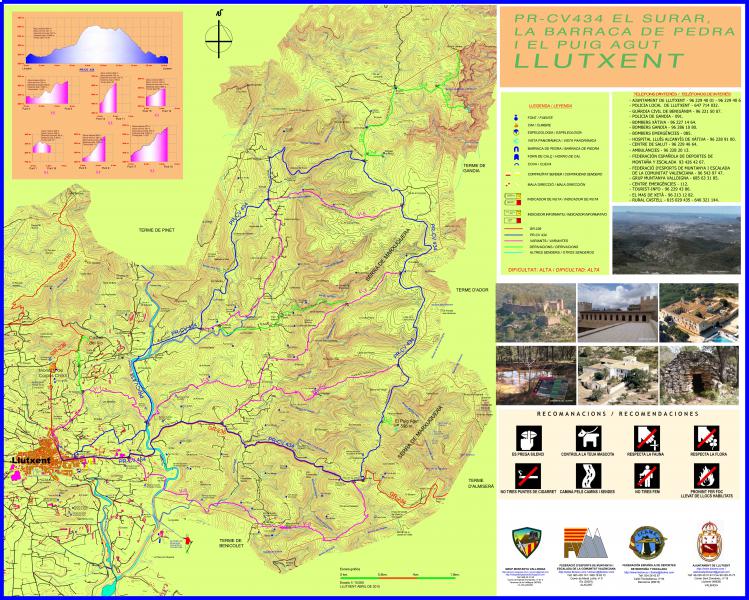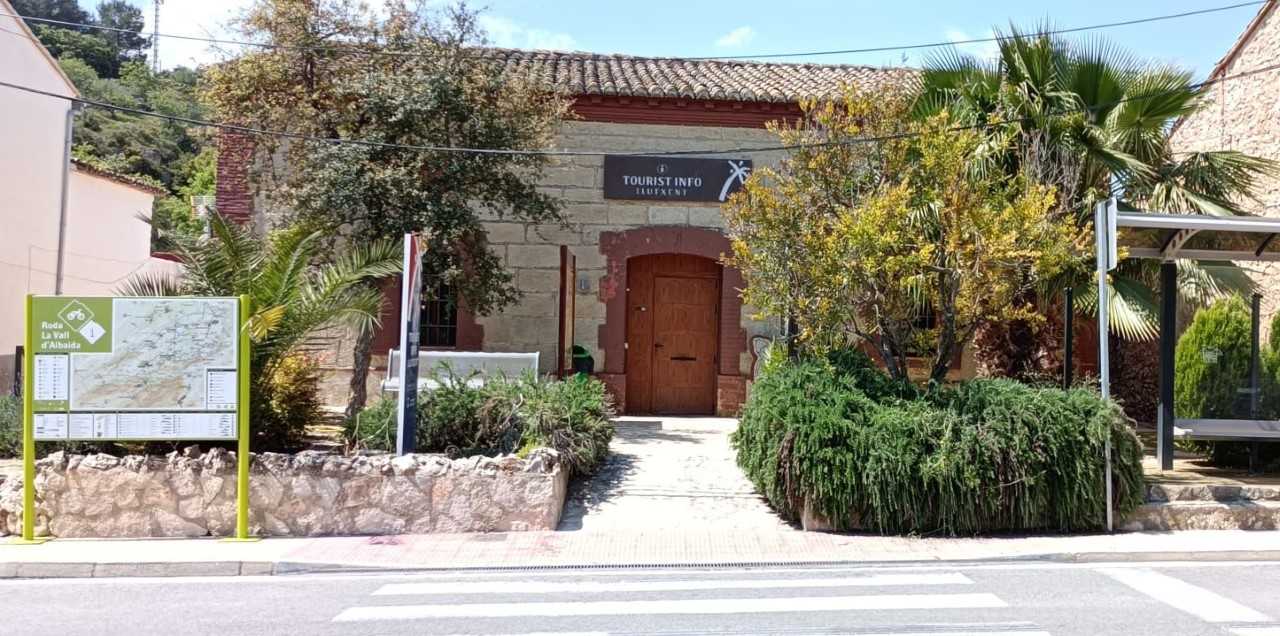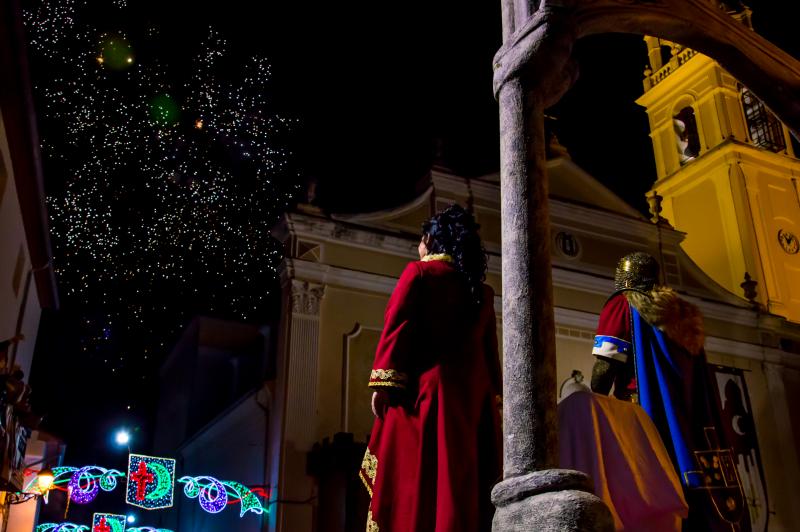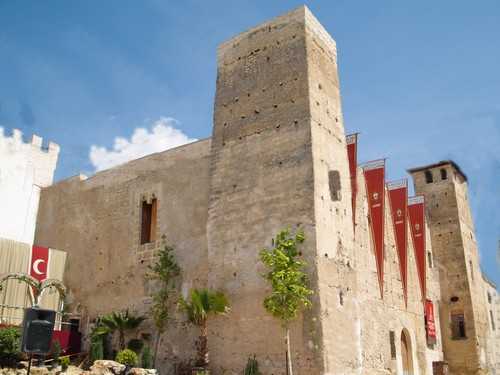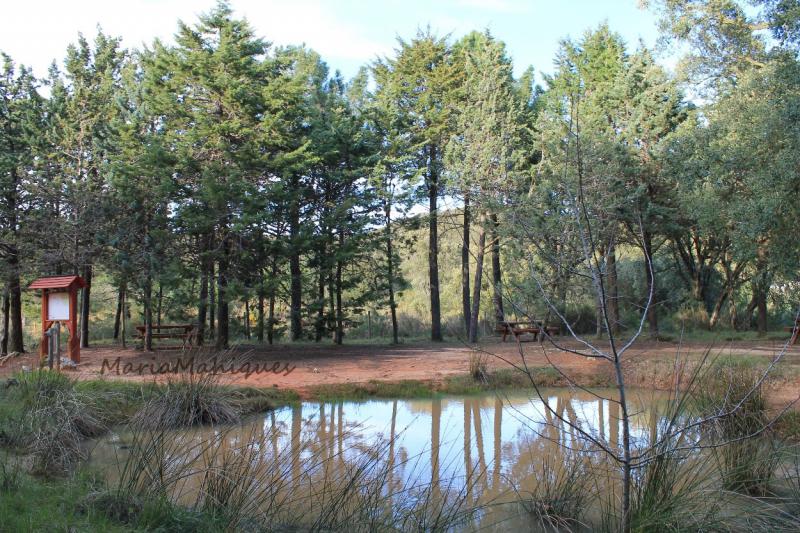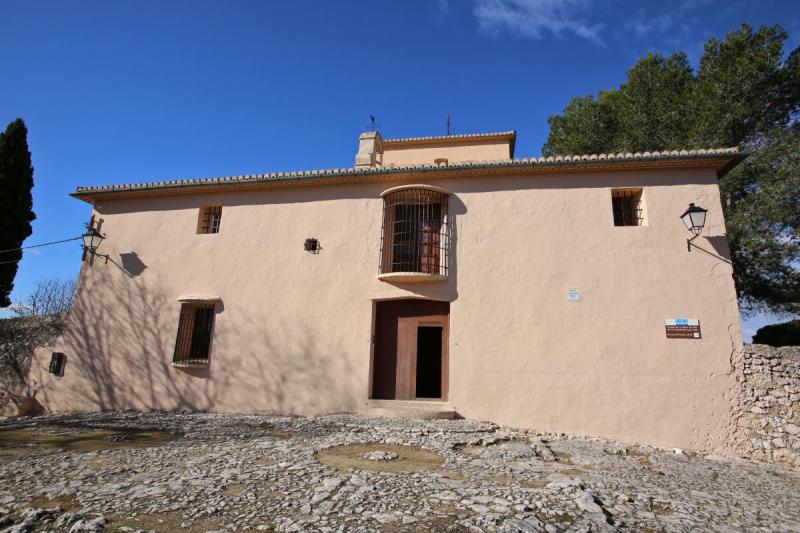Monastery of Corpus Christi
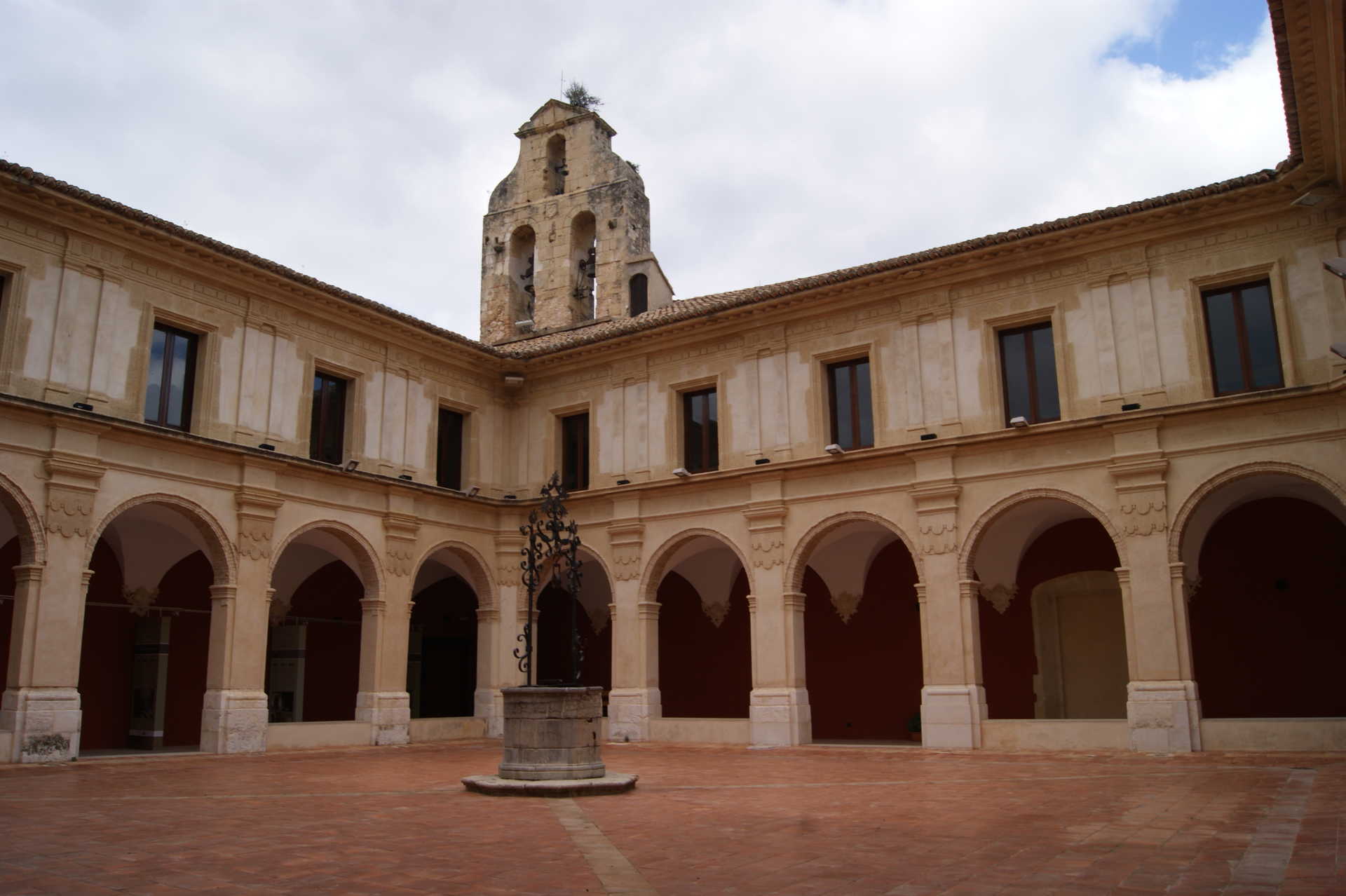
Multimedia Gallery
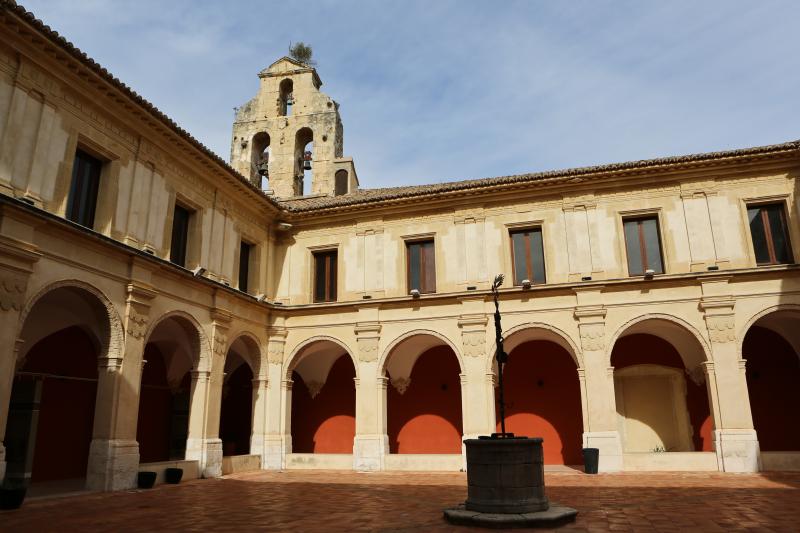

Multimedia Gallery
- Mont Sant
- Llutxent
- contact information
- +34 962 294 386
- +34 962 294 001
- 672368043
- llutxent@touristinfo.net
- Access the web
It is located on the Holy Mountain, whose name is derived from the Miracle of the Corporals that took place there, according to historical sources, during the Reconquista, in 1239, after which it became a highly relevant religious point of reference. Nowadays, the landscape around it has also become a point of reference due to the great pine grove that surrounds the monastery and the century-old carob tree in front of it.
The convent once belonged to the Dominican Order, and it went into private hands with the Mendizábal land reform. It currently belongs to the Valencia regional government. It was built in 1422, when Olf de Próxita provided the church, lands and money for maintenance to the religious order, which moved to where the Miracle of the Corporals had taken place. It became highly popular as a university that taught Theology and the Arts around 1475. Over the course of the next two centuries the monastery reached the peak of its splendour, when it operated as a seminary for missionary monks who left for the Americas. The monastery is a complex series of buildings that arose from the development of its monastic and cultural life, and which respond to the dominant styles at the time of their construction.
It was almost entirely destroyed during the War of Spanish Succession, and most of what is visible nowadays is from the reconstruction that was carried out during the 18th century. The square cloister, with five voussoir arches based on pilasters, is from the 18th century. They lead to a gallery with a rib vault that is closed above. The western path leads to the chapter house. A number of rooms used to lodge novices and host graves, granaries, cellars, patios, etc., are attached to this block.
The 19th century was disastrous for the monastery as a consequence of Mendizábal's land reform and the sacking committed by the French, and it eventually became a mere farmhouse. After falling into disrepair for many years, it has now experienced a rebirth thanks to the regional government, the town hall and other bodies that are striving to turn it into an internationally renowned cultural centre.
To visit the interior of the Monastery, arrange a visit by phone.









